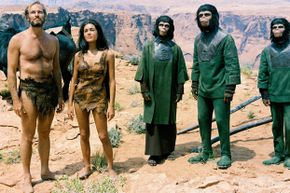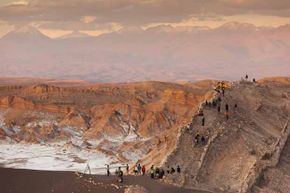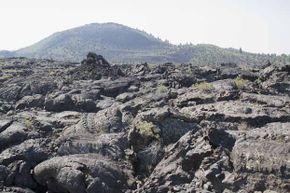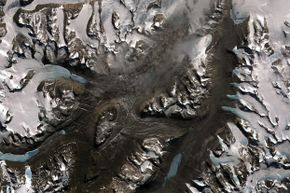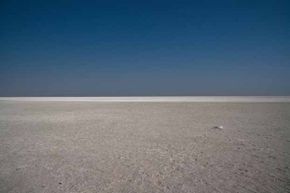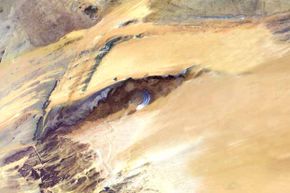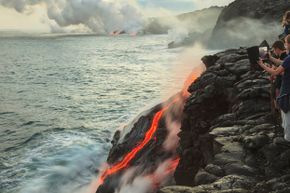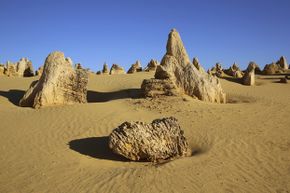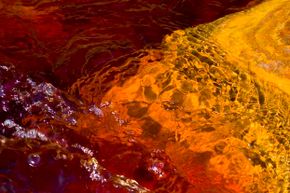One of the most famous scenes in science fiction cinema comes at the end of the 1968 hit "Planet of the Apes." Astronaut George Taylor, after traveling in space for 2,000 years, apparently has landed on an alien planet ruled by intelligent apes that are determined to exterminate the planet's primitive human population.
Taylor manages to free himself and an indigenous female companion from captivity and decides to ride off on horseback to explore the planet's so-called nuclear war-ravaged forbidden zone, despite warnings from ape elder Dr. Zaius that he won't like what he will find. Taylor and his partner struggle to cross a harsh, otherworldly looking landscape, full of deep, startlingly hued canyons, until they finally reach a shoreline. That's where Taylor finds the half-buried Statue of Liberty and realizes that he's not on a distant planet after all, but a future version of Earth.
Advertisement
A cynical moviegoer might wonder in retrospect why it took Taylor so long to realize that he actually was back on his own planet, since it had a breathable atmosphere, a hospitable climate, and vegetation and animals such as horses that he'd seen before. But the filmmakers managed to make Taylor's cluelessness believable, by putting him in a place that an unwary person easily could mistake for an alien world. Much of the Forbidden Zone, for example, actually was Red Rock Canyon State Park in California, where the towering, red-tinted rock formations look as if they belong on Mars [source: Russo et al.].
And Red Rock is just one of many places on Earth that are so strange-looking that they seem as if they ought to be on some other planet. Here are 10 of the most alien-looking locations right here on Earth.
